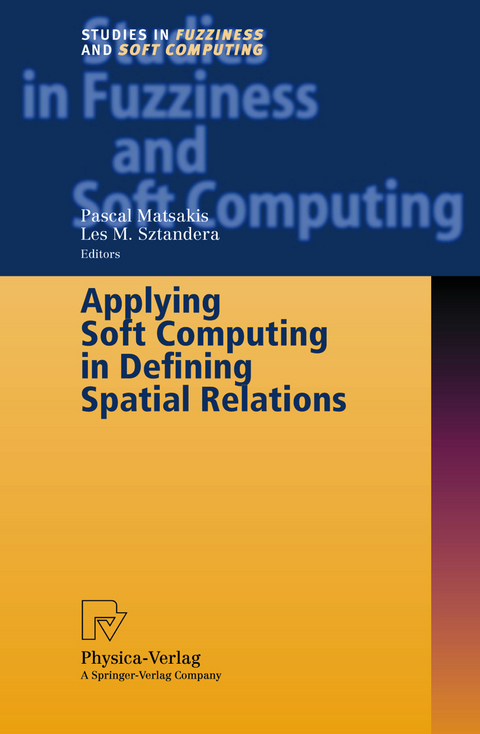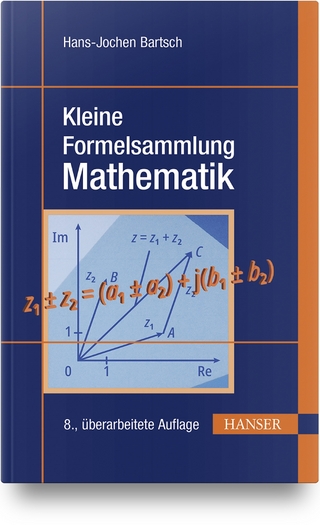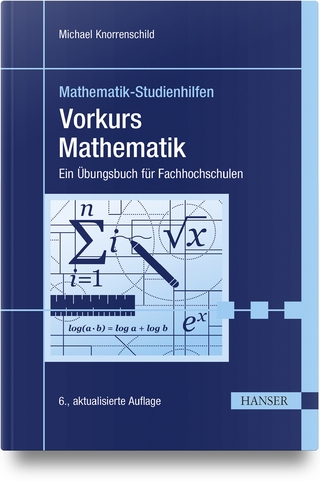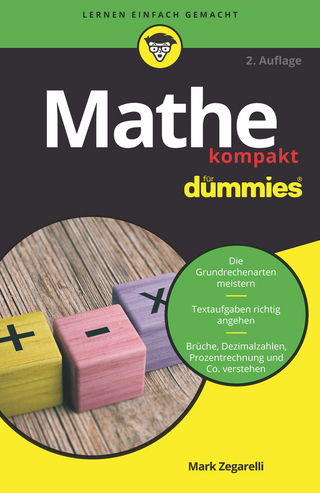
Applying Soft Computing in Defining Spatial Relations
Physica (Verlag)
978-3-7908-1504-7 (ISBN)
Fuzzifying Spatial Relations.- 1 Motivation.- 2 Imprecision in Spatial Relations.- 3 Applying Allen's Algorithm to Fuzzy Relations.- 4 Other Fuzzy Relations.- 5 Fuzzy Constraint Satisfaction.- 6 Conclusion.- Acknowledgement.- References.- Path Composition of Positional Relations Integrating Qualitative and Fuzzy Knowledge.- 1 Introduction.- 2 Composition of Positional Relations.- 3 Path Composition.- 4 Integrating Qualitative and Fuzzy Knowledge.- 5 Fuzzy Knowledge Coming from Particular Distance Systems.- 6 Conclusions.- Acknowledgments.- References.- Spatial Relations Based on Dominance of Fuzzy Sets.- 1 Spatial Relations.- 2 Spatial Relations Among Fuzzy Subsets.- References.- Mathematical Morphology and Spatial Relationships: Quantitative, Semi-Quantitative and Symbolic Settings.- 1 Introduction.- 2 Basic Morphological Operations, Fuzzy and Logical Extensions.- 3 Computing Spatial Relationships from Mathematical Morphology: Quantitative and Semi-Quantitative Setting.- 4 Spatial Representations of Spatial Relationships.- 5 Symbolic Representations of Spatial Relationships.- 6 Conclusion.- References.- Understanding the Spatial Organization of Image Regions by Means of Force Histograms: A Guided Tour.- 1 Introduction.- 2 The Notion of the Histogram of Forces.- 3 Comparing Force Histograms.- 4 Defining Fuzzy Spatial Relations.- 5 Generating Linguistic Spatial Descriptions.- 6 Conclusion.- Acknowledgments.- References.- Fuzzy Spatial Relationships and Mobile Agent Technology in Geospatial Information Systems.- 1 Introduction.- 2 Background.- 3 Fuzzy Directional Relationships and Querying.- 4 Extensions to the Model.- 5 Intelligent Agent Technology.- 6 Summary and Future Work.- Acknowledgments.- References.- Using Fuzzy Spatial Relations to Control Movement Behavior ofMobile Objects in Spatially Explicit Ecological Models.- 1 Introduction.- 2 Modeling Habitat Landscape.- 3 Fuzzy Control of Spatial Movement.- 4 Discussion.- References.- A Fuzzy Set Model of Approximate Linguistic Terms in Descriptions of Binary Topological Relations Between Simple Regions.- 1 Introduction.- 2 Related Literature.- 3 Fuzziness of Approximate Linguistic Terms - Preliminary Cognitive Evidences.- 4 A Fuzzy Set Model of Approximate Linguistic Terms.- 5 Discussion.- 6 Concluding Remarks.- Acknowledgements.- References.- About the Editors.
| Erscheint lt. Verlag | 4.9.2002 |
|---|---|
| Reihe/Serie | Studies in Fuzziness and Soft Computing |
| Zusatzinfo | XIII, 205 p. |
| Verlagsort | Heidelberg |
| Sprache | englisch |
| Maße | 155 x 235 mm |
| Gewicht | 450 g |
| Themenwelt | Mathematik / Informatik ► Informatik |
| Mathematik / Informatik ► Mathematik ► Allgemeines / Lexika | |
| Schlagworte | algorithms • cartographic databases • Constraint Satisfaction • extension • Fuzziness • fuzzy • Fuzzy Control • geographic data • Geoinformationssysteme • Geospatial • Hardcover, Softcover / Informatik, EDV/Informatik • HC/Informatik, EDV/Informatik • Human-Computer interaction • information system • Knowledge • Modeling • Morphology • Natural Language Processing • Soft Computing • Spatial relations |
| ISBN-10 | 3-7908-1504-7 / 3790815047 |
| ISBN-13 | 978-3-7908-1504-7 / 9783790815047 |
| Zustand | Neuware |
| Haben Sie eine Frage zum Produkt? |
aus dem Bereich


